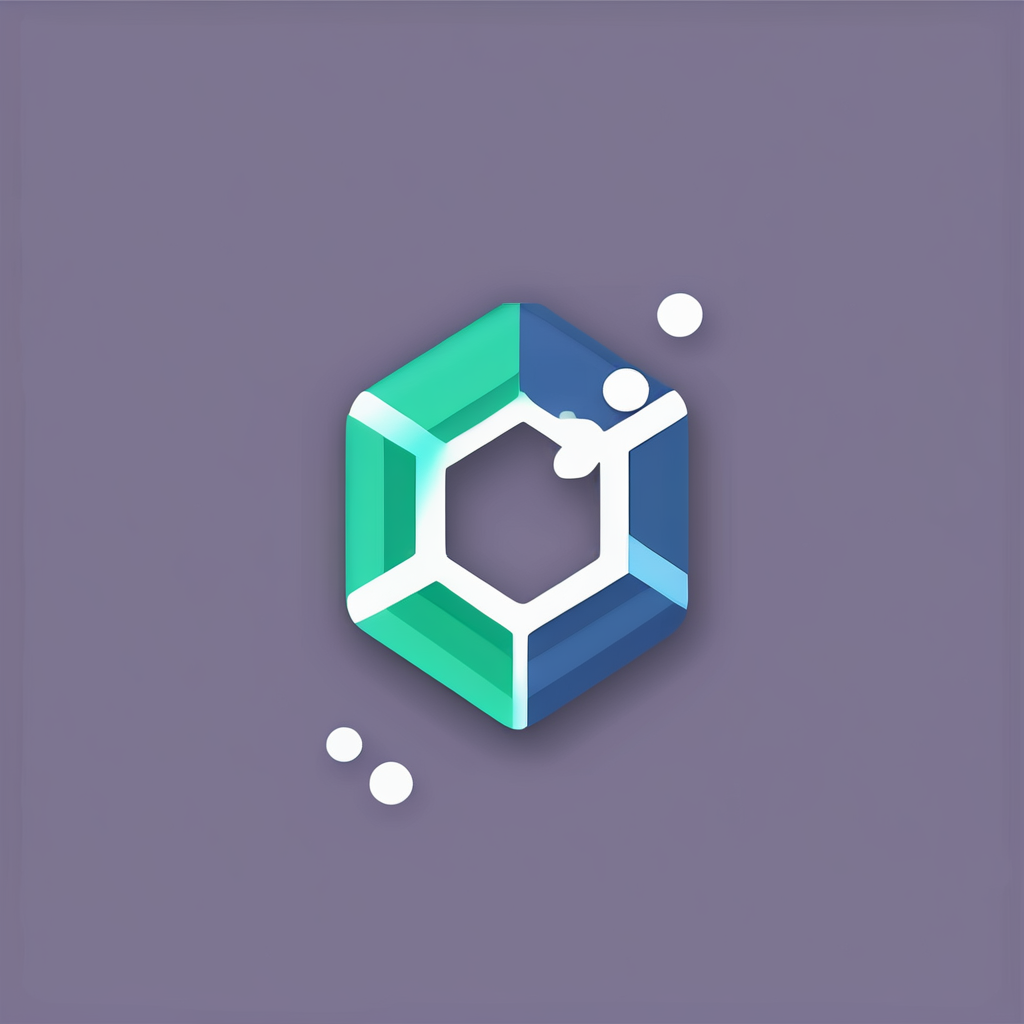Overview of IoT Innovations in Asset Surveillance
The importance of IoT technologies in modern asset surveillance cannot be overstated. These innovations are revolutionizing the way assets are monitored, enhancing security, efficiency, and reliability. By providing real-time monitoring, IoT solutions allow businesses to keep track of valuable resources continuously, ensuring the prompt detection of any anomalies or breaches.
In the UK, the current landscape of IoT solutions showcases a burgeoning field brimming with potential. Major companies such as BT Group and Vodafone are leading the charge in deploying these technologies. Their advanced systems include IoT platforms that integrate with existing security frameworks to offer seamless asset surveillance. These platforms enable businesses to gather and analyse extensive data sets, facilitating informed decision-making processes.
Have you seen this : Mastering geo-targeting: essential techniques for boosting digital marketing success in uk retail
Key players like ARM and Cambridge Consultants are also contributing significantly to IoT innovations. They are pioneering new technologies that increase the range and capabilities of asset tracking devices. With the continuous development of IoT solutions, companies across the UK are better equipped to safeguard their assets, improve operations and reduce losses caused by inefficiencies or threats. This dynamic environment ensures the relevance and efficacy of asset surveillance strategies in today’s ever-evolving digital world.
Real-Time Monitoring Solutions and Their Benefits
Implementing real-time monitoring in asset management provides significant advantages. By enabling immediate visibility of assets, businesses can make informed decisions swiftly. Enhanced operational efficiency is one of the primary benefits of real-time systems, allowing companies to address issues as they arise and optimise resources effectively.
Have you seen this : Boost your business with effective sales campaigns
Several case studies highlight how real-time monitoring has transformed operations. For instance, a global manufacturing firm integrated real-time asset tracking and reduced downtime by 30%. This example illustrates how continuous data flow facilitates predictive maintenance, preventing costly breakdowns and extending equipment lifespan.
Beyond operational impacts, the economic and strategic advantages of real-time solutions are substantial. By monitoring assets continuously, firms can cut unnecessary expenditures, streamline processes, and boost productivity. Real-time data assists in improving supply chain management by providing precise inventory levels and reducing wastage.
Moreover, strategic decision-making benefits from up-to-date insights, enabling quick adjustments to market demands and enhancing customer satisfaction. As industries become increasingly competitive, the ability to respond promptly and efficiently offers a distinct advantage.
Overall, real-time monitoring is a dynamic tool that amplifies asset management and supports a business’s operational goals effectively.
Sector-Specific Applications of IoT in Asset Surveillance
The adoption of IoT deployment in various UK industries has revolutionised how assets are managed and tracked. Let’s explore its impact across key sectors.
Transportation and Logistics
In transportation, IoT deployment is pivotal in fleet management and asset tracking. These technologies provide real-time data, enhancing supply chain efficiency. Fleet managers can access vehicle diagnostics, maintenance schedules, and route optimisations. Consequently, this reduces operational costs and improves asset utilisation. With IoT sensors, the logistics sector achieves a new level of transparency, ensuring timely deliveries and minimising losses.
Healthcare
In the healthcare sector, IoT deployment is transforming the monitoring of medical equipment and patient assets. It allows healthcare providers to track and maintain instruments, ensuring they are always in optimal condition. Additionally, tracking patient assets, such as wheelchairs and beds, optimises their availability, promoting better healthcare delivery. These sector applications not only enhance operational efficiency but also improve patient care quality.
Manufacturing
The manufacturing sector utilises IoT for seamless integration in production lines. This leads to enhanced asset monitoring, providing insights for cost reduction and process improvements. By observing machinery performance and environmental conditions, manufacturers can predict maintenance needs accurately, preventing unexpected downtimes. Such sector applications foster a more efficient and cost-effective production ecosystem.
Challenges in Implementing IoT Technologies
Adopting IoT solutions has transformed numerous sectors, yet common implementation challenges persist. Industries encounter IoT barriers such as cost constraints, complex integration processes, and the requirement for skilled personnel. These hurdles can hamper the seamless incorporation of IoT innovations into existing systems.
Security and Privacy Issues
Security concerns represent the most pressing issue affecting businesses. As IoT devices proliferate, they offer more points of vulnerability in asset surveillance. The fear of sensitive data being intercepted or tampered with can lead to reluctance in deploying these technologies. Privacy is another significant challenge as the aggregation and analysis of data from multiple devices could result in invasive tracking and profiling.
Overcoming Challenges
Nevertheless, there are strategies to mitigate these implementation challenges. Businesses should emphasise security by employing robust encryption protocols and continuous monitoring systems. Additionally, educating the workforce about IoT and its security best practices can alleviate some IoT barriers. Collaborative efforts and strategic partnerships with IoT vendors can also ensure better integration and cost management. By strategically addressing these areas, businesses can confidently advance in their IoT journeys, unlocking the full potential of this transformative technology.
Trends in Technological Advancements for Asset Surveillance
In recent years, technological trends have heavily influenced asset surveillance systems. The introduction of IoT advancements has been pivotal in revolutionizing how assets are monitored and managed. By integrating IoT, businesses in the UK can now access real-time data and enhance tracking capabilities. For instance, advanced sensors and devices are being used to provide detailed insights into asset conditions and locations.
Predictions suggest that these IoT advancements will continue to innovate and expand. Future trends indicate a move towards even more sophisticated systems capable of predictive analysis and automated decision making. This evolution could significantly impact various sectors in the UK, from logistics to healthcare, by increasing efficiency and reducing costs.
To stay competitive, companies must prioritize continuous innovation. Embracing these technological trends not only keeps businesses ahead in their sectors but also builds resilience against disruption. This means actively investing in research and development to seamlessly incorporate emerging technologies into their existing infrastructures.
To sum up, the ongoing advancements in IoT technology present vast opportunities for asset surveillance. With the proper application, these trends can lead to enhanced operational performance and significant sector-wide benefits in the UK.
Recommendations for Effective IoT Implementation
When developing an IoT strategy for asset surveillance, a methodical approach is crucial to its success. Begin by identifying the specific needs and objectives of your organisation. This allows for targeted implementation recommendations that align with business goals.
Selecting the right IoT technologies is critical. It’s advisable to evaluate devices based on their compatibility with existing systems and scalability for future needs. Engaging with knowledgeable and reliable partners can ensure a seamless integration process, minimising disruptions.
An often-overlooked aspect is the importance of employee training. Educating your team on the new system’s functionalities helps them harness the technology to its full potential. This step is essential not only to utilise the IoT infrastructure effectively but also to gain trust and involvement from your employees.
Finally, stakeholder engagement is fundamental for successful IoT implementation recommendations. Regular communication with both internal and external stakeholders ensures that any concerns are addressed promptly, fostering a collaborative environment. This collaboration can lead to innovative ideas and improvements, enhancing overall implementation practices.
By adhering to these best practices in asset surveillance, organisations can maximise the benefits of IoT while mitigating potential issues.






